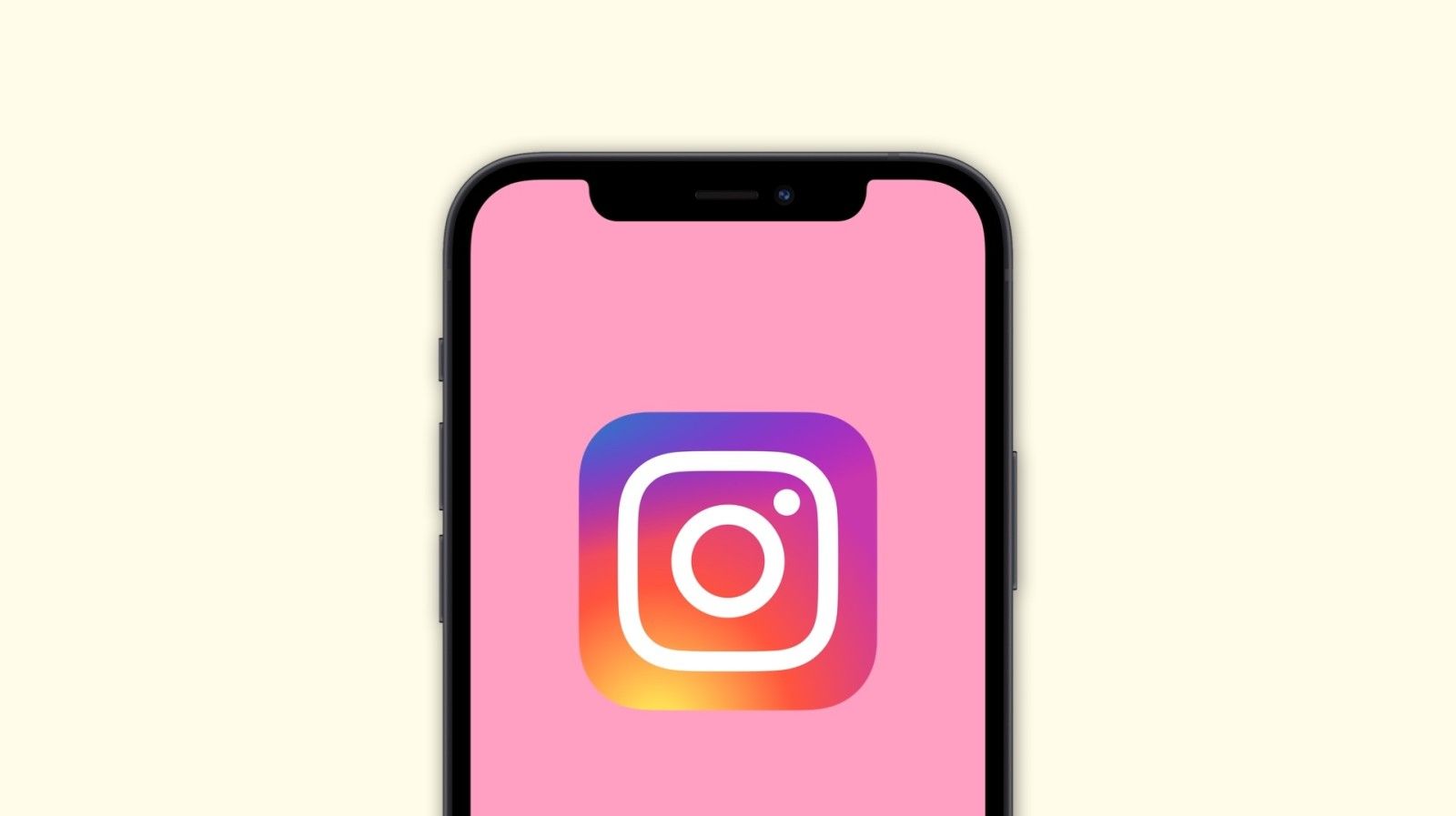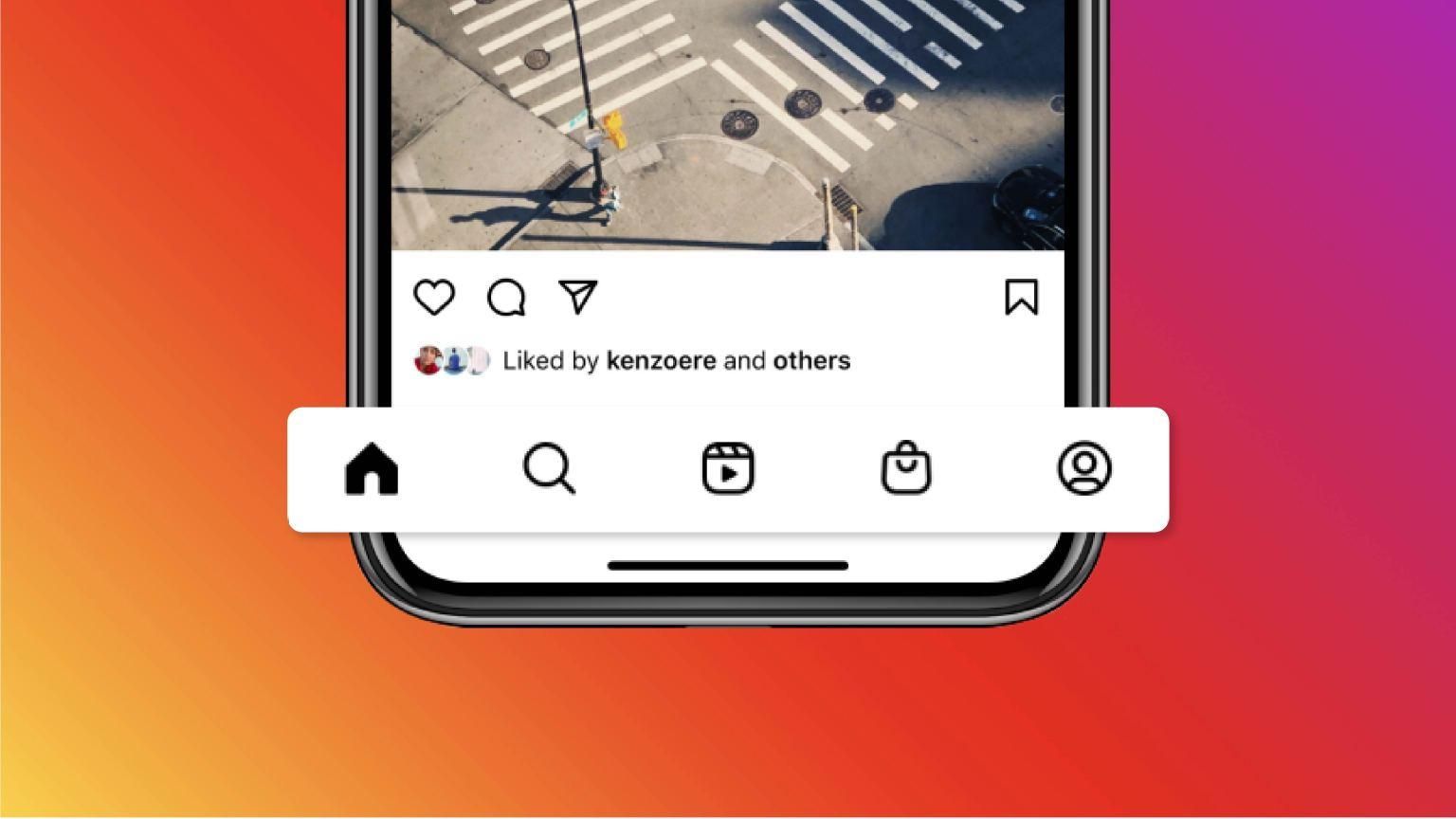When I joined Facebook about ten years ago, it was a nice place to play games and message friends. It was exciting and enticing enough that I wanted to be a part of it. So I lied about my age, got myself a Facebook account, and was off to manage a farm. But the craze only lasted for a year, as 2012 brought Instagram into the picture.
I'd say the photo-sharing application became mainstream when it launched on Android, casting aside its iOS exclusivity and seizing the attention of pre-teens, like me at the time. I never really used Facebook to connect with people; there was something about its website design that felt archaic. Meanwhile, Instagram -- the new hip kid on the block -- felt different.
Instagram was fun, and I posted maybe once or twice a week. Today, in 2022, the app has strayed far from its roots, enraged its fanbase, and serves more videos than the photos it should be putting on a pedestal. Here's what I think about all this.
Why the backlash?
The primary reason behind the sudden increase in fanbase anger has to do with the new direction Instagram is taking by testing a layout similar to TikTok's — an app that, at its core, is vastly different. The layout in question is a full-screen design that showcases videos (supposedly) meant to improve the experience. But if you ask me, the backlash with Instagram has been slowly and steadily growing over several years now, as the app started focusing on more than just photos.
In 2016 came the shift to an algorithmic feed, surfacing content the app thought you wanted to see rather than your friend's posts. So if your following was a mix of brands, meme-sharing accounts, celebrities, and friends, you were probably more likely to see the first three rather than the latter. Before this change, Instagram also introduced ads in the feed.
Stories was the next "feature" to detract from the photos-only experience. It was a blatant copy of Snapchat, but was still optional, since it was separate from your feed, and you could simply ignore it. The growth of YouTube and the rise of TikTok with their respective video content resulted in Instagram adding IGTV in 2018 and Reels in 2020.
With all these changes over the last two years, IGTV is no longer relevant, and Reels is more prominent than ever, making its way into the feed along with Discover. For those unaware, Discover shows posts from accounts that you don't follow. It is effectively Instagram's way of pushing more content to the feed by highlighting what it thinks you might want to see, in the hopes you'll spend more time in the app.
Pouring more fuel on the fire, Reels is also starting to include videos shared on the platform if they are shorter than 90 seconds and the posting accounts are public. You can turn off this "remix" feature if you want, but with this change, Instagram hopes to promote content for its platform and combat TikTok reposts.
Each of these changes have done one thing: erode the once great photo-sharing experience. Add this to the content algorithm's focus on videos, and it's easy to understand why users are upset. Even celebrities whose businesses revolve around Instagram are unhappy.
What does Instagram have to say about the changes?
Because of all this backlash, Instagram's head, Adam Mosseri, posted a video explaining how the app's focus will continue to shift to video over time. He mentioned that photos are still being supported but mostly just for the heritage value.
In response to Adam Mosseri's post, creator James Charles commented that he thinks the growth of videos is the result of creators are being forced to make them -- which is pretty obvious. He followed by pointing out that engagement for photos has tanked, and that videos have become the only chance for growth for up-and-coming creators and business owners.
From my perspective, I feel Mosseri's response makes things clear. While photos is what we came to Instagram for, they are no longer a priority. It looks like the platform is adamant that its push for videos will help it compete against (and possibly beat) TikTok.
TikTok serves short-form videos to its users, while Instagram is trying to be a super app that does everything. In a world where Instagram is no longer just a photo-sharing service, I see a gap opening and wonder what service will fill it next.
Will you continue using Instagram despite all the upcoming changes, or are considering moving to another platform like BeReal that's more about "in the moment" content? Let us know in the comments below.


